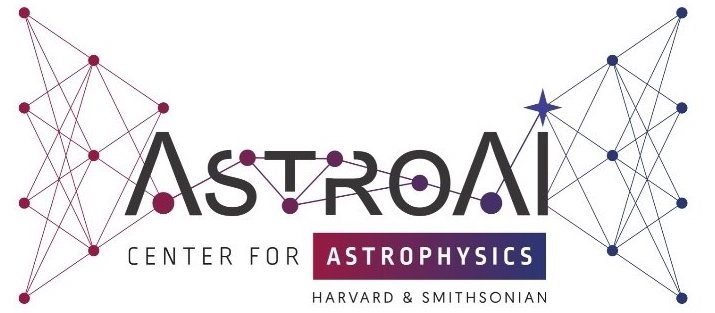AstroAI Workshop 2025
Adiba Amira Siddiqa
Using Deep Neural Networks to Detect Dark Star Candidates in the Early Universe
Presenter: Adiba Amira Siddiqa
Title: Using Deep Neural Networks to Detect Dark Star Candidates in the Early Universe
Date/Time: Monday, July 7th, 3:30 - 5:00 PM
Abstract: Dark Stars, hypothesized to have formed during the cosmic dawn era, are unique stellar objects that utilize dark matter annihilation as their primary source of energy against gravitational collapse. These stars can reach immense sizes and shine as bright as a galaxy. As such, they can be the precursors to the many observed supermassive black holes at high redshift, which remains an open question in Astronomy.
With the advent of the James Webb Space Telescope, we are now observing photometric data revealing too many, too massive, galaxy candidates too early in the universe. Motivated by Ilie et al. (2023, PNAS), who identified the first three Supermassive Dark Star (SMDS) candidates, we detected additional candidates: JADES 130158, JADES 131067, JADES 92934, JADES 99452, and JADES 99917. We developed Neural Networks trained on simulated SMDS spectra to automate candidate identification from JWST photometric data, incorporating Gaussian noise for robustness against observational uncertainty and missing bands.
Spectroscopic analyses further confirmed JADES-GS-z14-0, JADES-GS-z11, JADES-GS-z13, CEERS2-7929, and MAISIE as potential SMDS candidates. These objects exhibit synthetic spectral fluxes across 1–5.2 µm, masses of 10^5−10^7M☉, and redshifts z = 8 to z = 15. By incorporating key spectral features such as Lyman-α breaks and gravitational lensing, our model achieved accurate mass and redshift predictions.
This study applies neural networks to early-universe astrophysics, demonstrating a novel approach to detecting Dark Stars. Our findings contribute to understanding dark matter’s role in star formation and the rapid emergence of supermassive black holes.
